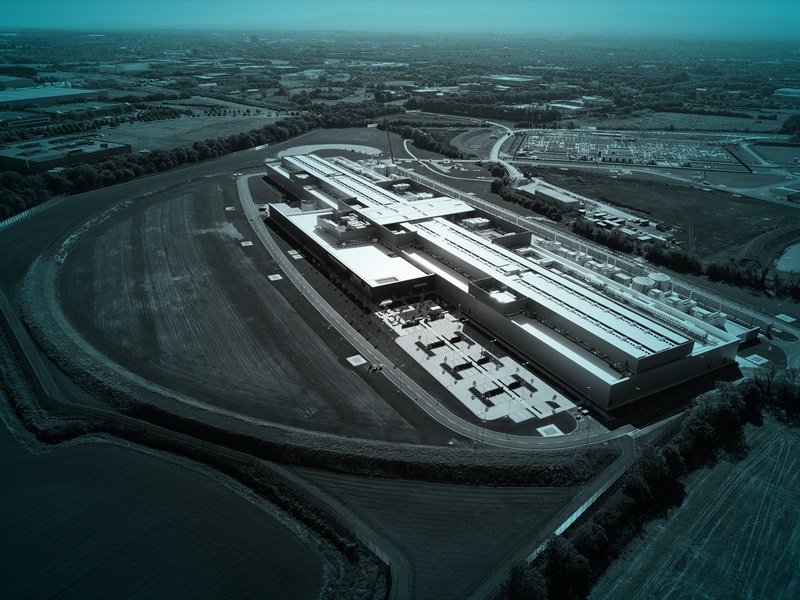COVID-19: Powering the next generation of digital infrastructure
As the coronavirus lockdown extends across the globe, companies have moved almost their entire workforce to the cloud – software and services that run on the internet, rather than on your physical computer.
With half of the population now working and socialising remotely, data providers are experiencing a huge increase in demand and a big question is how the crisis will shape the next generation of technology infrastructure.
Even before the global coronavirus outbreak, the growing demand for information storage, combined with changing consumption modes – data is now delivered anywhere, at any time, to any device – had resulted in a rapid expansion of cloud capacity.
Since the world changed as we knew it, internet usage has gone up between 50% and 70%, with technology giants such as Facebook, Microsoft and Google experiencing an increase in its cloud services in regions that have enforced social distancing. As a result, data centres are being faced with an unprecedented surge in demand.
Looking beyond the crisis, we expect to see companies planning to improve their cloud-based solutions as an integral part of their business resilience strategy, leading to changes in the way data centres are delivered.
A cloud near you – working remotely and the rise of decentralised data hubs
Today, most data centres are located around economic hubs such as cities and larger towns, where businesses concentrate and where the demand for data is centralised.
Before the lockdown, data activity was focused around these hubs, but with people now working remotely, data has to travel further distances to a number of different locations to reach a decentralised workforce. This leads to a slower connection speed and disruptions for some users.
To overcome the challenge of a decentralised workforce and to create resilience in the event of a large-scale disruption to usual demand patterns, we are likely to see ‘edge computing’ emerge as a key trend after the crisis. This is a move to localise solutions and bring data centre services closer to the end-user.
A fast-track adoption of edge computing – bringing data storage closer to the location of the user - will lead to a review of priorities in the sector. Large-scale data centres will still manage the brunt work of the cloud, but we will see an increase in rapidly deployable smaller data centres built throughout Europe, closer to smaller cities and suburbs.
Efficiency, speed and sustainability
Efficiency, speed and sustainability are key factors when building data centres. In a power-intensive and highly specialised sector, it is vital for contractors to work closely with clients in maximising the efficiency and speed of delivery, as well as supporting the client in reducing their carbon footprint.
Sustainable, offsite construction methods are an efficient way of building data centres. Introducing ready-made components, produced in a controlled environment, not only improves the speed of construction and quality, but also leads to less labour on site and a lower carbon footprint. In a world where speed and reliability of delivery are vital, advanced offsite construction can create the data centres of the future, keeping people connected wherever they are.
Another key focus area that has become more prevalent in data centre construction is the drive for innovative sustainable solutions. Data centre cooling is one of the main energy costs that is rising along with the demand for data centre capacity and advances in highly efficient liquid cooling solutions may start to supplement or replace traditional air cooling technologies. We’re also seeing providers shift towards using hydro, wind and solar power as part of their drive for carbon neutral and clean energy supply.
In addition to using modern construction methods, the team is harnessing advanced digital technologies – such as augmented reality, BIM in the field and AI, helping us drive to build at speed and to a consistently high quality.
The global crisis has pushed data centres and cloud capacity to the limit, with a sudden disruption in the centralised way of working most businesses have been used to. Looking beyond coronavirus, we need to adapt our construction methods to changing data centre requirements and user patterns; it is clear there will be a continued increase in demand.
Clients and contractors need to work in collaboration to deliver data centres at speed and at the right standard, so they can handle the initial strain, but also to have the ability to flex and respond to unpredictable changes in longer-term end-user demand.











